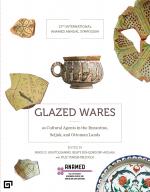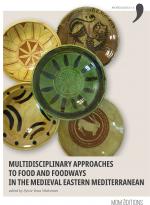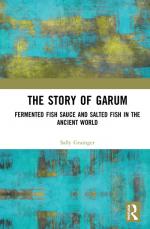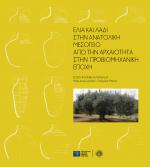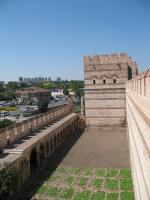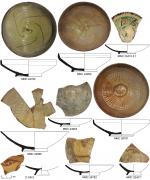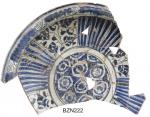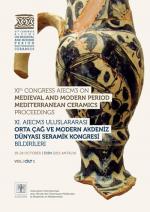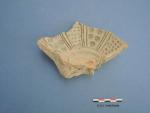This volume collects research presented at the Koç University Research Center for Anatolian Civilizations (ANAMED) 2018 international annual symposium. It brings together researchers engaged in the study of the decoration and technology of glazed pottery, ranging from the early Byzantine era to the end of the Ottoman period.
This volume brings together archaeologists, archaeological scientists and historians contributing different specialisms to an emerging field of research: food and foodways in the medieval Eastern Mediterranean. It presents the output of the POMEDOR project “People, pottery and food in the medieval Eastern Mediterranean” funded by the French National Research Agency. POMEDOR focused on changes in transitional periods, such as the Crusades and the Turkish conquests, as viewed through archaeological and archaeometric studies of pottery.
Τhe book focuses on the study and presentation of olive cultivation and on issues concerning the production, distribution and marketing of olive oil in the Eastern Mediterranean. This geographical area, apart from its roughly similar climatic and environmental features, was defined by the dominant political systems which imposed certain production and marketing practices on the olive and its products. Therefore a large number of areas in the Eastern Mediterranean basin have certain political and cultural characteristics ideally suited to the research and study of the olive-growing history of the region.
The comparison of chemical compositions of ceramic bodies of nine Byzantine plates kept in the Musée national de céramique, Sèvres, with those of reference archaeological samples enabled us to associate most of the plates to the 12th-13th century production of Chalcis. Two pieces, however, raise the question of authenticity. Geochemical perturbations related to prolonged immersion in a marine environment are also discussed and a specific methodology is proposed.
J. Burlot, Y. Waksman, A. Bouquillon, L. Tilliard, Chalcis ou non ? Recontextualiser des plats byzantins conservés dans un musée, Technè 47, 150-157 (2019).
New populations in Western Anatolia at the beginning of the Turkish periods also brought new pottery types, technology of manufacture and raw material procurement, as presented in this paper in the case of the 'Miletus Ware'.
The proceedings of the Antalya AIECM3 conference came out, a beautiful publication!
It includes several papers written by members of the POMEDOR network (underlined in the table of contents).
The book may be purchased e.g. on Zerobooks website.
This paper reports how chemical analysis shows that the Kavalliani shipwreck carried a cargo of MBP from Chalcis.
These results propose Chalcis as a main medieval maritime hub, as most of the cargoes of tablewares in shipwrecks of the Middle Byzantine period are of the same types, and most probably have the same origin.
Download here before December 29th 2019 - or request a copy from us afterwards.
The final version of this paper is freely available online on Elsevier's website and downloadable until 24th January 2018, take advantage of it!



